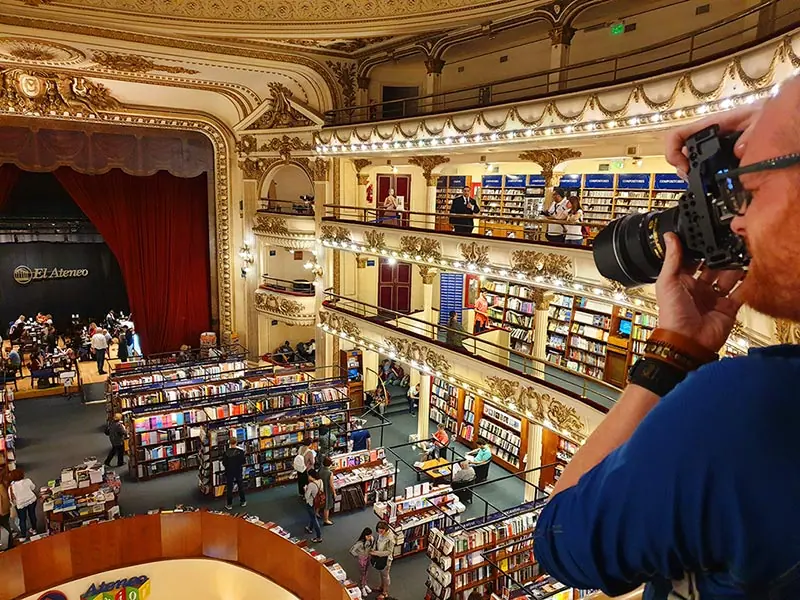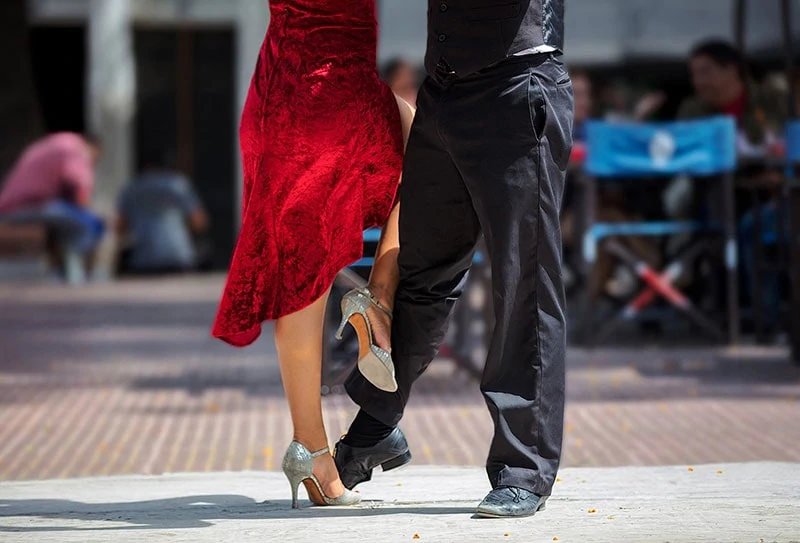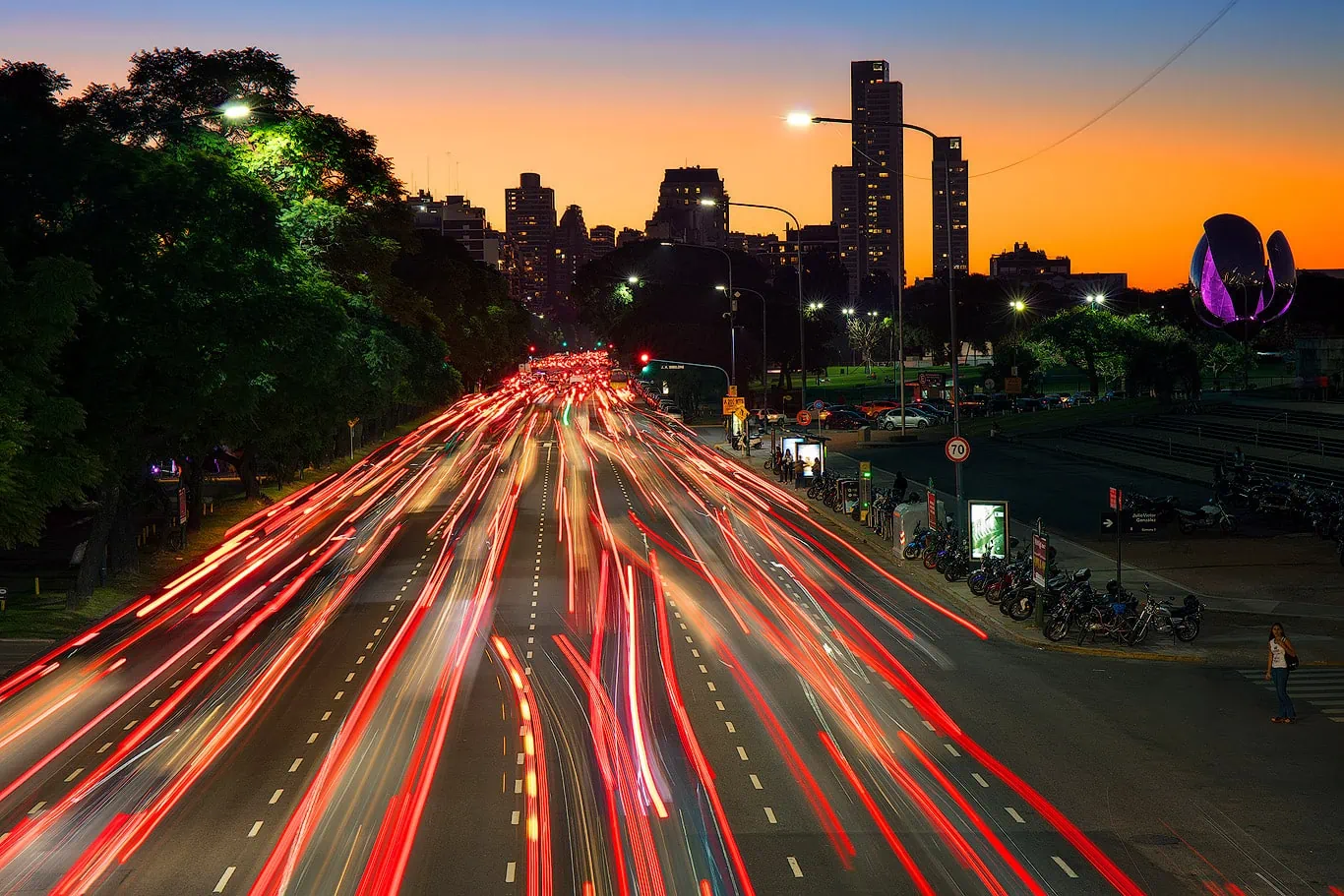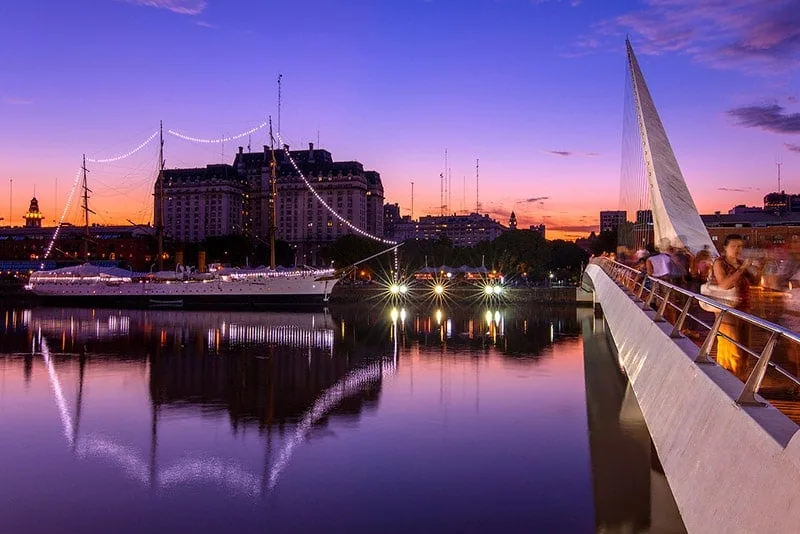Buenos Aires
Getting to know one of the most beautiful cities in South America
Buenos Aires, the vibrant capital of Argentina, is a city pulsing with life, culture, and history. Known for its European-style architecture, the passionate art of the tango, and culinary traditions of colonial and indigenous origins.

Buenos Aires offers travelers an Unforgettable Photography Experience, whether strolling its streets lush with life and beautiful architecture, or immersing in its artistic neighborhoods.
A city in constant renewal, dynamic and very active culturally.
BUENOS AIRES PHOTO TOURS / WORKSHOPS
3 Hours to Full-Day
3 Hours (it can be extended)
3 to 4 Hours (it can be extended)
3 to 4 Hours (it can be extended)
5 to 6 Hours (it can be extended)
2 Days, Every November

Buenos Aires and the Plaza de Mayo Square
Buenos Aires has a rich history dating back to its founding in 1536 by Pedro de Mendoza.
Over the centuries, the city has evolved into a cosmopolitan center, influenced by waves of European immigrants, especially Italians and Spaniards. This blend of cultures is evident in the city’s architecture, language and customs.
The Plaza de Mayo square is the political and historical heart of Buenos Aires, surrounded by iconic buildings such as the Casa Rosada, the Metropolitan Cathedral, and the Cabildo.
Many significant events in Argentine history took place in this square.
The Architectural Wonders of Argentina's Capital City
Buenos Aires is often called the “Paris of South America” for its stunning European-style architecture. The city’s architectural journey ranges from the Neoclassical and Art Nouveau styles of the late 19th and early 20th centuries to the modernist design of today.
The Recoleta Cemetery is a must-see for architecture enthusiasts. This labyrinthine cemetery, with its ornate tombs and mausoleums, is the final resting place of many illustrious Argentines, including Eva Perón. Nearby, is the luxurious Alvear Palace Hotel, which has one of the most beautiful spiral staircases in the capital city.
The Colon Theatre, one of the best opera houses in the world, is another architectural gem. Opened in 1908, this magnificent building is renowned for its exceptional acoustics and lavish interiors. Join a guided tour to appreciate its history and splendor or, better yet, attend a performance to experience its magic firsthand.
In addition, the Ateneo Grand Splendid Library is a breathtaking cultural gem. Originally opened as a grand theater in 1919, it has been transformed into one of the finest bookstores in the world. In fact, it retains the original ornate ceiling, elegant balconies and theater stages, creating an evocative atmosphere for book lovers. Visitors can feel the grandeur of a past era, making the Ateneo a must-see destination for those visiting the city.

The Artistic Soul of Buenos Aires
Buenos Aires is a city of artists and dreamers. Its vibrant art scene is reflected in its many galleries, theaters and street art.
The San Telmo district, with its cobblestone streets and colonial buildings, is a haven for artists and antique lovers. Every day, the San Telmo Market attracts locals and tourists alike with its eclectic mix of antiques and gastronomy.
The Buenos Aires Museum of Latin American Art (MALBA), houses an impressive collection of Latin American art, with works by Frida Kahlo, Diego Rivera, and Fernando Botero. The museum’s dynamic exhibitions and events make it a cornerstone of the city’s cultural landscape.
Street art enthusiasts will find a treasure trove in the Palermo and La Boca neighborhoods. Palermo, with its trendy boutiques and cafes, is adorned with vibrant murals and graffiti. In La Boca, the colorful “Caminito” is an open-air museum where artists display their works against the backdrop of brightly painted houses. A work started by local painter Benito Quinquela Martin.
Tango: Art and Passion in Buenos Aires
No visit to Buenos Aires is complete without trying the tango. This passionate dance, which originated in the city’s working-class districts in the late 19th c., is a part of Buenos Aires’ cultural identity. The soul of tango can be breathed in milongas scattered throughout the city.

Attend a tango show at one of the renowned venues such as the “Cafe de los Angelitos” or “Rojo Tango” to witness a professional and captivating performance. For a more intimate experience, visit a traditional milonga such as “La Catedral”, where locals gather to dance and socialize.
Better yet, take a tango class and be inspired by the movements of this dance.
Gastronomic Delights
Buenos Aires is a gastronomic paradise that offers a tantalizing array of flavors reflecting its multicultural heritage. The city is famous for its beef, and a visit to a traditional parrilla (steakhouse) is a must.
In addition to meat, the culinary scene in Buenos Aires is incredibly diverse. Italian influences are strong, with pizzerias and pasta restaurants found throughout the city. But not only that, there is something for everyone: vegetarians, vegans, celiacs. etc.

Photography Tours in Downtown Buenos Aires
Each neighborhood in Buenos Aires has its own personality and charm.
Palermo is divided into smaller areas such as Palermo Soho and Palermo Hollywood. Soho is known for its chic boutiques, cafes, and street art, while Hollywood is famous for its nightlife and trendy restaurants.
Recoleta is an upscale area characterized by French-style architecture and cultural attractions. Among the best-known sites are the Recoleta Cemetery, the National Museum of Fine Arts, and the Floralis Genérica, a giant steel floral sculpture that opens and closes with the sun.
San Telmo, one of the oldest neighborhoods, is a bohemian enclave with a rich history, antique stores and a vibrant art scene.
Puerto Madero, the city’s old port, offers a stark contrast to the historic neighborhoods. Renovated in the 1990s, it features elegant skyscrapers, upscale restaurants, and the stunning Puente de la Mujer, a pedestrian bridge designed by Spanish architect Santiago Calatrava.

Practical Tips for Travelers
Best Time to Visit: Buenos Aires is a year-round destination, but the best times to visit are during the spring (September to November) and fall (March to May) when the weather is pleasant.
Getting Around: The city has an extensive public transportation system, including buses, trains, and the subway (Subte). Taxis and ride-sharing services are also readily available.
Safety: While Buenos Aires is generally safe for tourists, it’s wise to stay vigilant, especially in crowded areas. Keep an eye on your belongings and avoid displaying valuables.
Currency: The local currency is the Argentine peso. Credit cards are widely accepted, but it’s a good idea to carry some cash for smaller establishments and tips.
Extras: Check out our photo guide to Buenos Aires.
